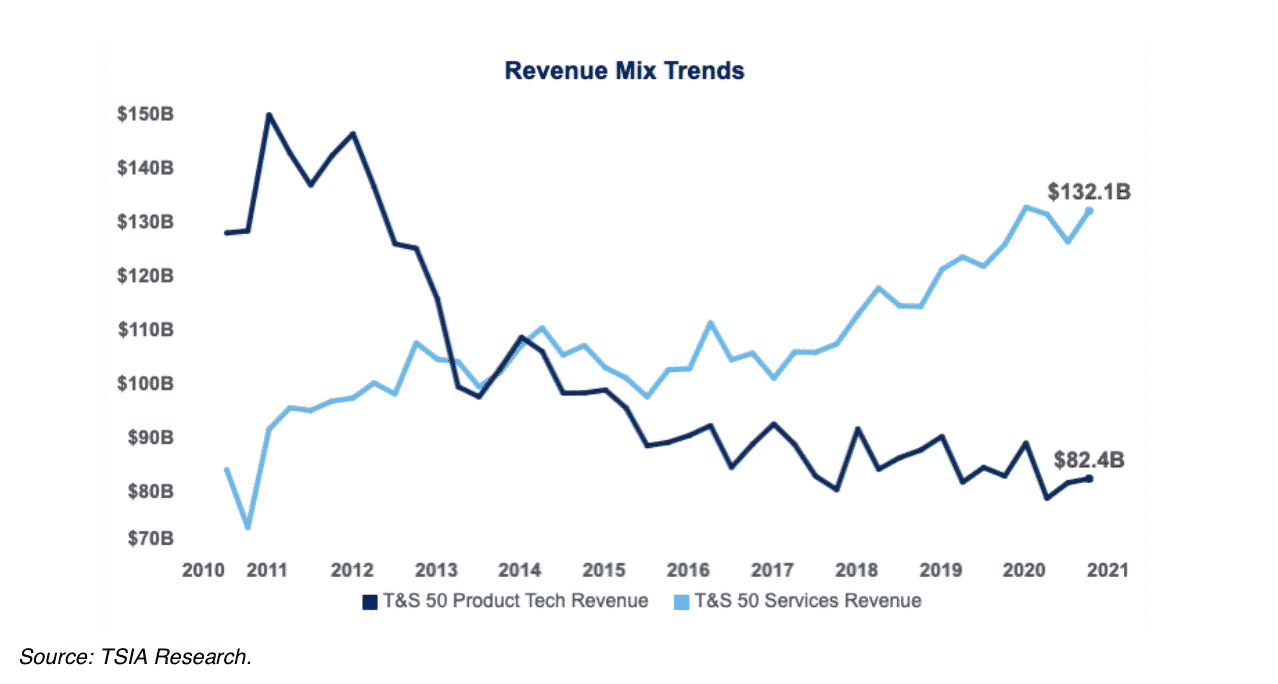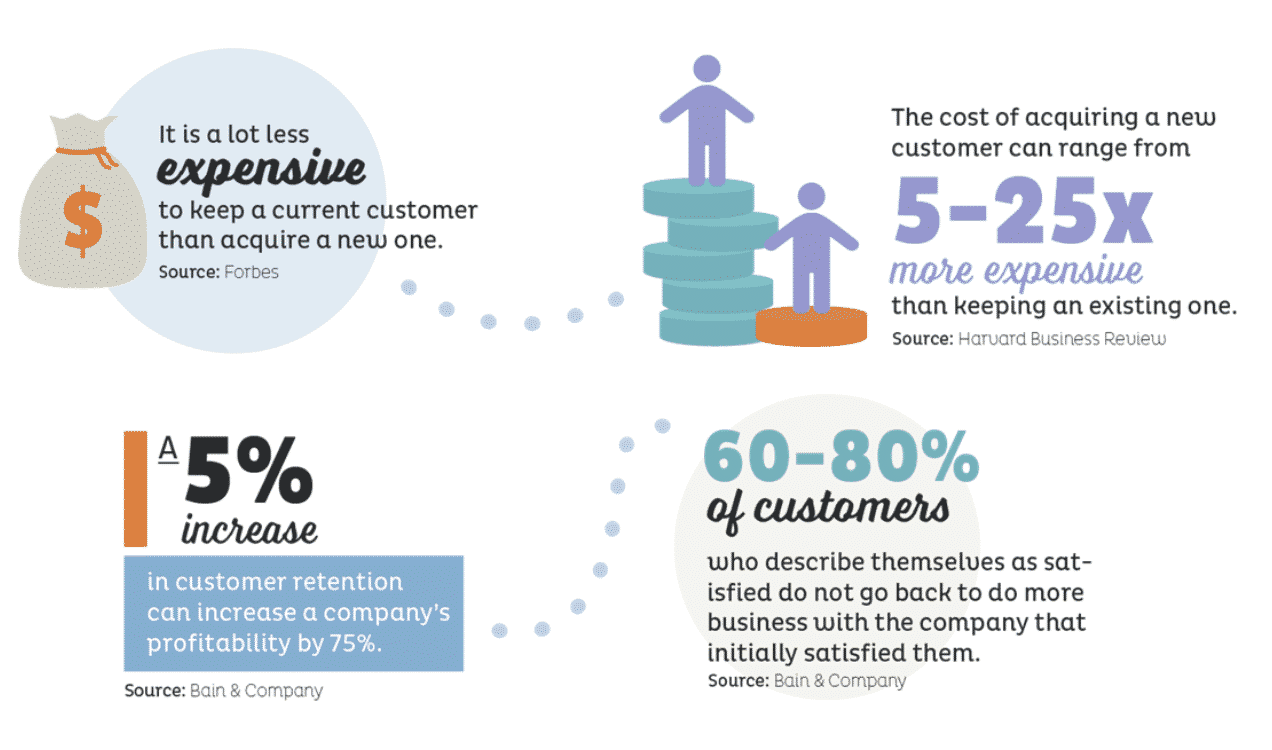Long-Tail Renewals Strategy
Starting around 2014, a new trend emerged and disrupted the way we think about customer acquisition-subscription marketing. Or for those that believe in the permanent demand behind the trend, an entire “subscription economy” was born. While this was not an entirely new concept, it has recently taken off with a new level of urgency-particularly in the tech industry.
This subscription model has enabled companies the ability to drive revenue consistently, while enabling customers the luxury of enjoying products and services without the hassle of re-purchasing month to month, year to year. It streamlined the process and experience for all. It is a win/win, in many cases.

As companies began to recognize the power of subscriptions to not only maintain, but drive revenue, the need for retention followed.
Enter, Renewal Marketing + Sales

While many understand the “why” behind renewal sales and marketing, most still don’t know the “how” behind both planning and tactical execution-as this type of marketing requires entirely different sales and go-to-market strategies. Process, priorities and philosophies need to shift.
Where traditional marketing focuses on the selling of “products,” renewal strategies require a deep focus and emphasis on customer retention, first and foremost. As an example, streaming giants like Netflix and Disney+ have no problem acquiring new customers. Retaining them, however, has been a constant struggle.
As subscription renewals become the norm for B2B and B2C organizations, it’s imperative that retaining and renewing their current consumer base becomes a core part of their revenue growth strategy. Even seemingly small tactics, like loyalty programs, can have a big impact.
According to the TSIA, renewal revenue trends can be categorized into 5 primary buckets:
- Land, Adopt, Expand, Renew (LAER) selling motion.
- Adoption of revenue responsibility by customer success organizations.
- A shift from renewals as a ‘defend charter’ to a ‘retain and grow’ charter.
- maturation of retention workflow to include value management.
- Emergence of digitized renewal workflows.
While there is justifiable merit to each of the above, we’ve become particularly passionate about the impact of trend #5. Improving sales enablement and marketing renewals via digitized workflows to solve the ‘long-tail’ problem is a challenge that we have been helping high tech clients such as Dell and other company leaders solve for over a decade.
The Key to Unlocking Long-Tail Renewals
Here’s the secret: Inbound marketing and sales is what solves the long-tail opportunity. The ‘long-tail’ of renewals is all the renewal opportunities that cannot be handled directly by sales or customer success-typically higher volume, lower dollar opportunities. Inbound enables the model and overall process of becoming customer-initiated, rather than sales and customer success driven. With the inbound approach, we have found email and digital marketing to be a great place to start. Like low-cost, low-hanging fruit, it drives massive returns when done properly-with some companies driving more than 300X the return on their investment.
And the best part? It’s fully automated. This gives sales teams more time to focus on acquiring new customers, while retention and long-tail renewals do the dirty work in the background.

 Back
Back  Scott Thomas
Scott Thomas 




